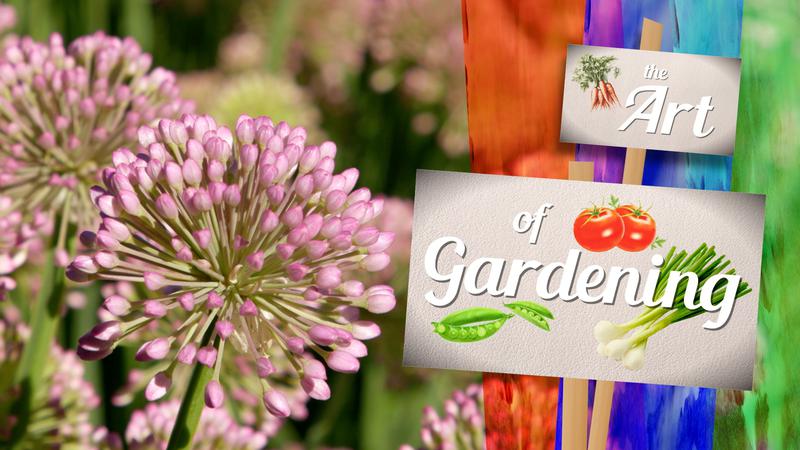
North and South Thompson basins one level down from severe drought
KAMLOOPS — British Columbia is currently in a drought and the province is reminding residents to conserve water supply – especially in the North and South Thompson basins, which are at Level Four.
That’s just one level down from extreme drought conditions (Level Five), which is where the Kettle Basin located in the Kootenay region sits.
Some areas in the northern part of the province have recently received healthy showers that alleviated most dry conditions, but the rainfall received in some southern areas have not had a considerable effect on water scarcity relief.
The North and South Thompson basins, as well as the Salmon River, Coldwater River and Nicola River watersheds in the Thompson Okanagan region, are all being affected.


